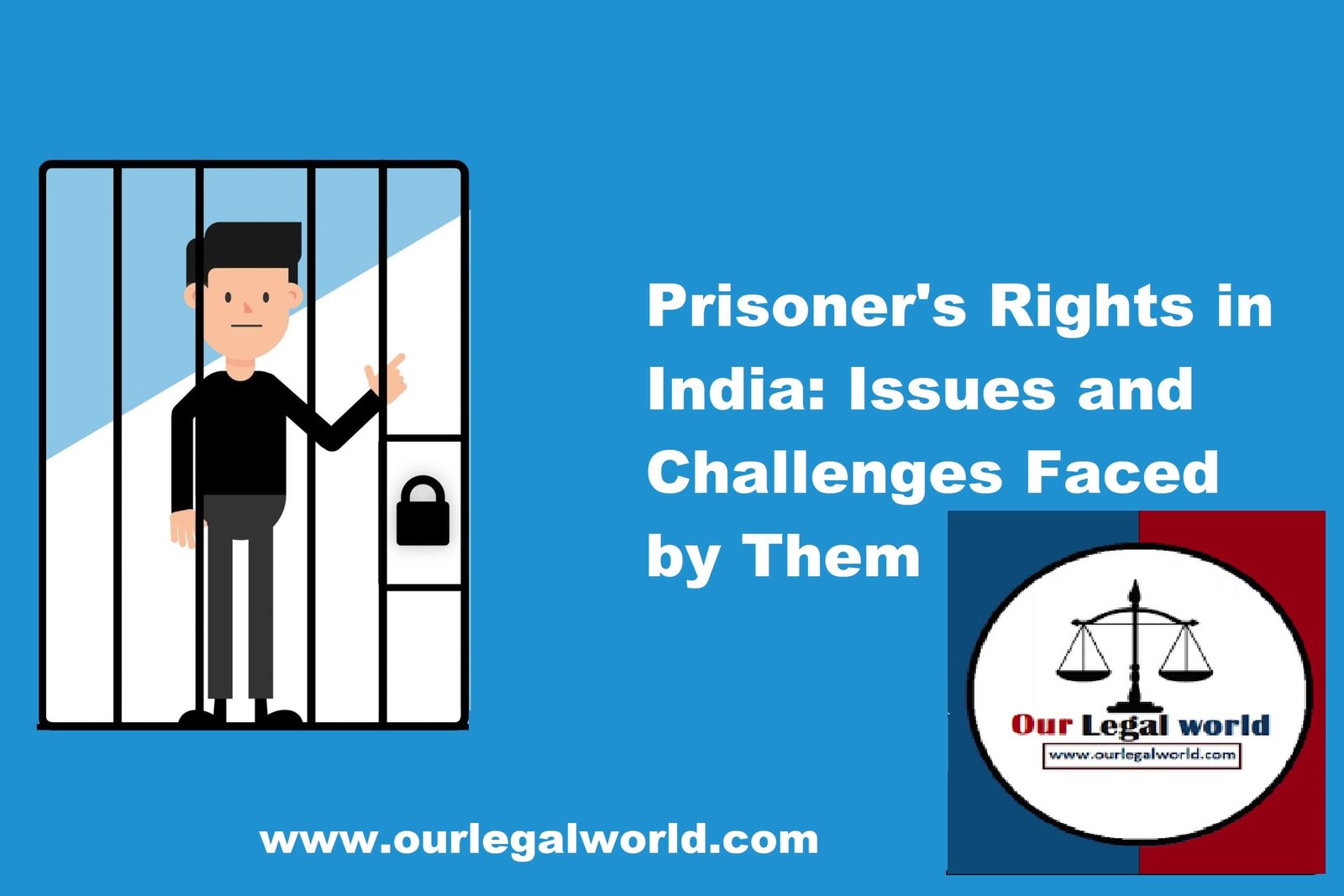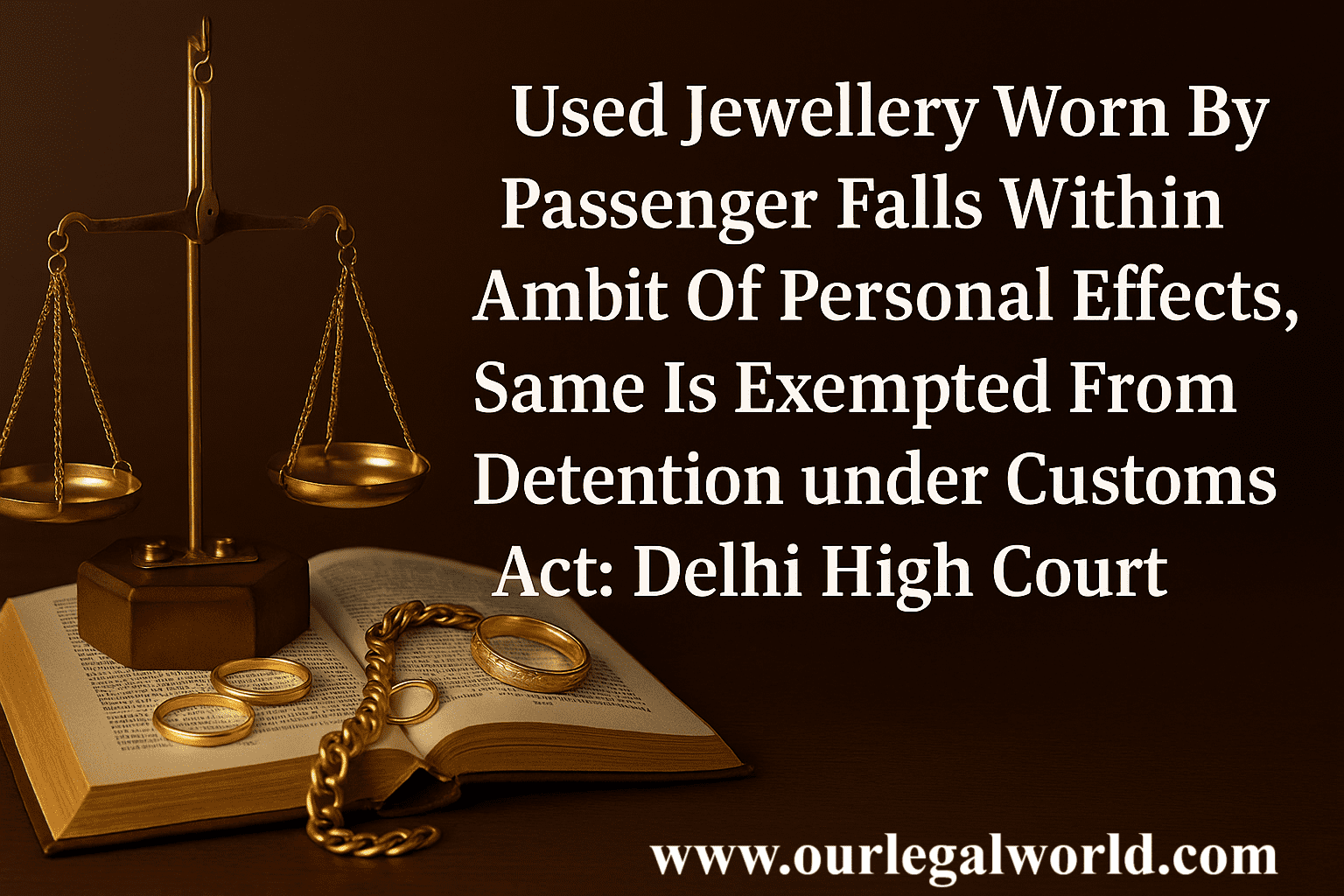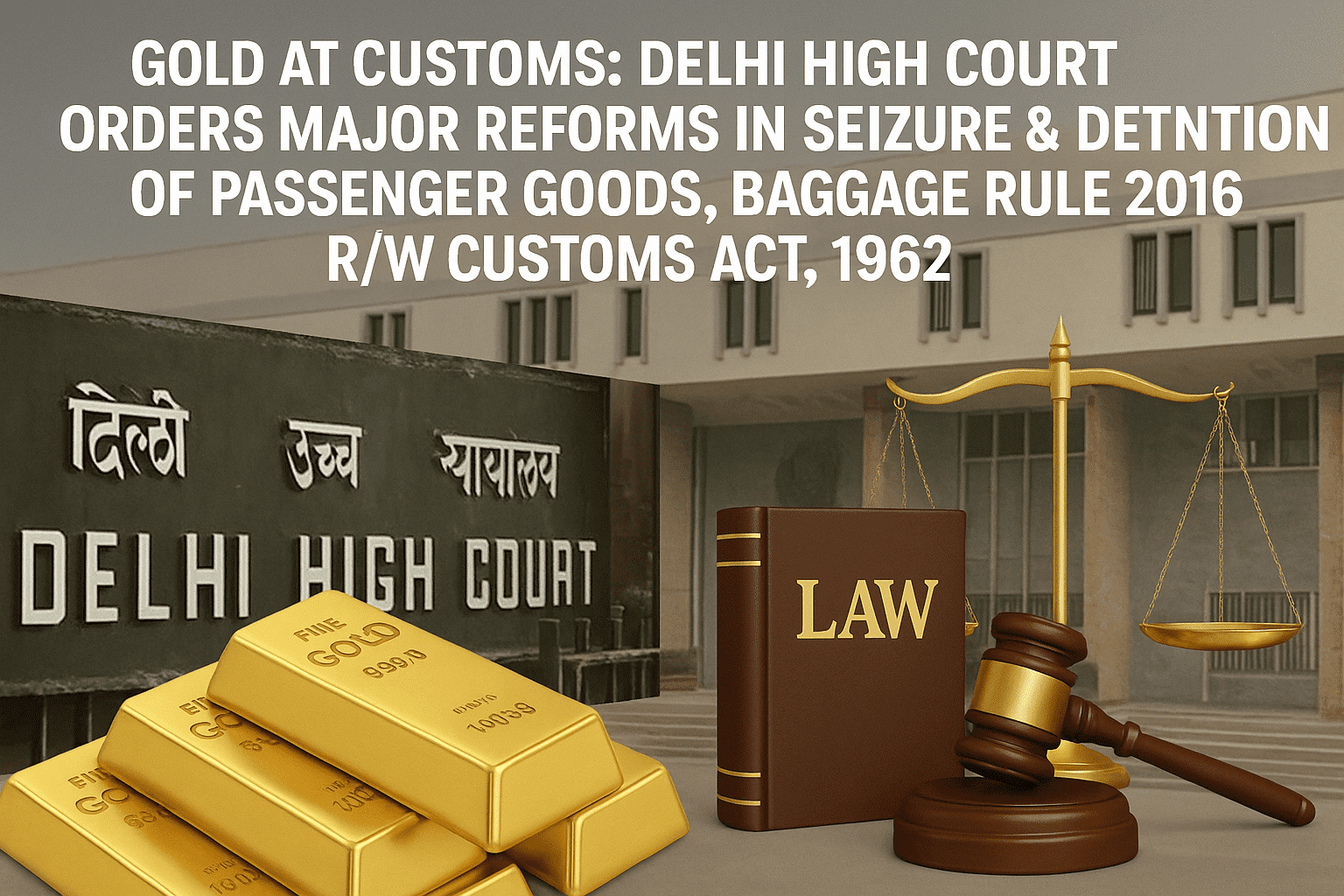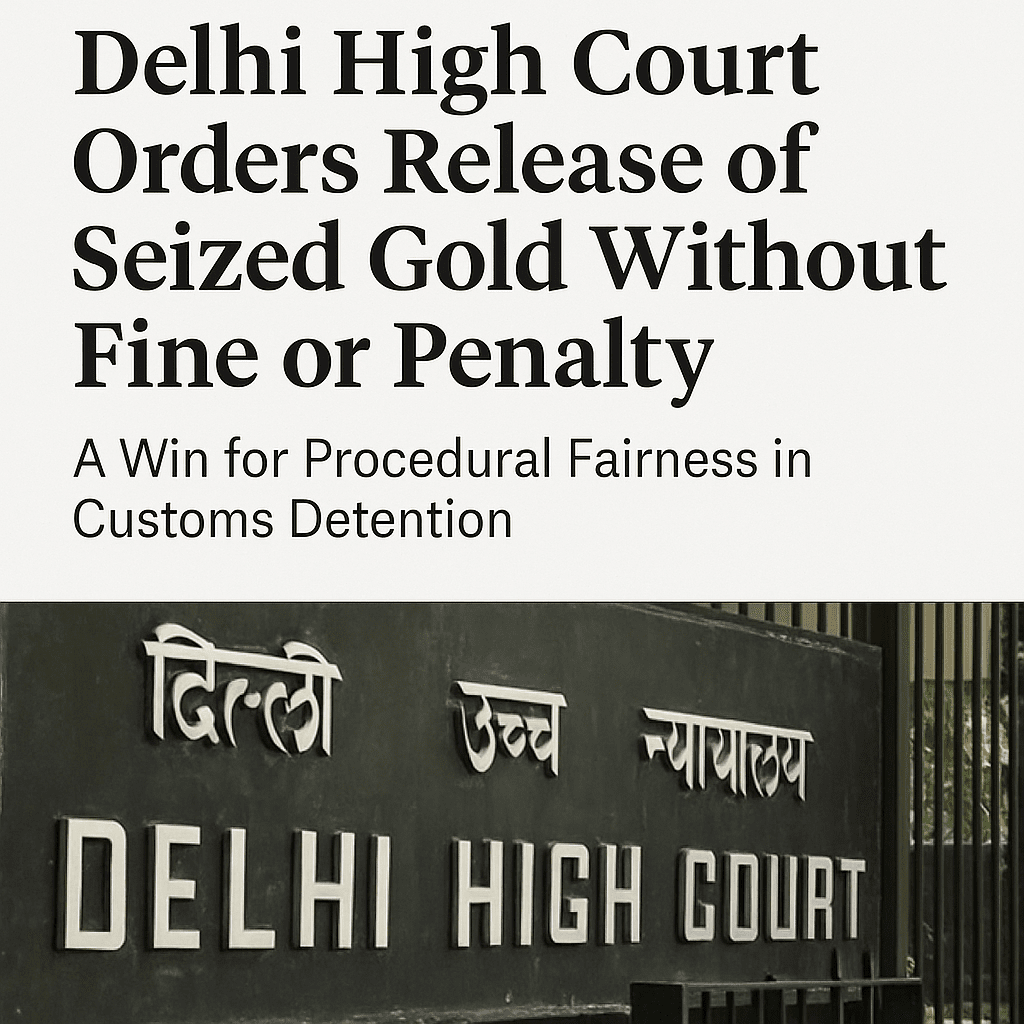Deriving an Indian Identity through Preamble by Anamika Mishra
As Kanaiyalal Maneklal Munshi rightly called the Preamble as the “Political Horoscope” of the Constitution of India, we are more convinced that it is not only the countenance of our Constitution but also can be worthy of predicting past and future events. However, the investigation of those events is the latter subject. It is indeed, if not said, inanity to not call the Preamble as the quintessence of the entire Constitution.
Objective Resolution
The leading architect of the Preamble which was initially put forth as an ‘Objective Resolution’ on 13th December 1946 was Mr. Jawaharlal Nehru, which then, got adopted unanimously by the Constituent Assembly on 22nd January 1947 with the aim to describes an outline of the plan which they were going to tread.
I shall begin by considering Emancipatory approaches. But first, I must deal with an explanatory issue; in particular, the prevalent doubt in legal theory about the status of the Preamble in the Constitution of India, meaning thereby, can it be irrefutably flexible or unbending with its roots. The Preamble incorporates 85 words of utmost importance of the idiosyncrasy of the Constitution, in order to conceptualize the Constitution of India, one only needs to flick through the Preamble. It is in this context also interesting to examine the words subsumed in the Preamble, that is, at the outset, ‘We, the people of India’, the main debate with this line was that the Constitution was drafted by the Constituent Assembly of India, and not by the people of India. Whether or not this description is justified to be placed in the beginning? I believe that this question can only be answered by suggesting that in India, the ultimate sovereignty lies with the people. So, when we begin the Preamble by saying ‘We the people of India’, all the powers that the British crown had would resume again in the people. The word ‘Sovereign’ is the Binding force of the Constitution as it binds the sovereign will of the people.
The reach of the rationale for annexing ‘Socialist’ and ‘Secular’ in to the Preamble by the 42nd Constitutional Amendment is a mere declaration of Article 39 (b) and (c) of the DPSP, envisaging a decent standard of life, economic equality and equitable distribution of income and sought to establish a rational disassociation between the functions of religion and state respectively. The Preamble also mentions the words ‘Democratic Republic’, meaning thereby, that the democracy vests in the people of India, as opposed to autocracy, aristocracy or monarchy and the representatives, are also chosen by the people through an election. The Pertinent virtue inscribed in the Preamble is ‘Justice’, being the foremost value amongst all the social institutions, comprehensively dealing with a) Social – primarily focusing on abolishing caste system as mentioned in Article 25 of the Constitution. b) Political – was done by reserving the seats for the needy and c) Economic – by the medium of equal pay. Justice means to harmonise the interest between the Individuals and the society. The Preamble borrowed the three ideals, that is, Liberty, Equality and Fraternity from the French Revolution. There can be a little doubt as to why liberty of thoughts is specified here. Liberty of thoughts evinces Article 25 of the Constitution of India, expressly, Freedom of Conscience. The Constitution makers were way ahead of their time to notice that we may degenerate into a totalitarian state which could not only control our actions and speech, but could also go deeper to the level of controlling our thoughts. And this is the reason why Justice Holmes of the American court called freedom of thought a free marketplace of Ideas. The term ‘equality’ was in view to give equal status and opportunity, while ‘fraternity’ was to have care and respect for everyone. The view of the ending lines of the Preamble was to secure Dignity of an Individual by providing them their rights and duties to further protect the sovereignty, unity and integrity of the country. Now, coming back to the line of reasoning as to whether Preamble is the basic foundation of the Constitution or is subject to growth.
Re Berubari Union & Exchange of Exclaves
In the Re Berubari Union & Exchange of Exclaves case, the Hon’ble Supreme Court held that the Preamble is not a part of our Constitution as it is only a key to open the mind of the makers. However, In contrast with this judgment in Kesavananda Bharati v. State of Kerala case, the Supreme Court held that the Preamble is indeed a central part of the Constitution and the entire Constitution must be read in light of the vision inscribed in the Preamble. Furthermore, The Hon’ble Court also acknowledged the nature of the Constitution. The Hon’ble Chief Justice S.M. Sikri held that ‘every provision of the Constitution can be amended provided in the result the basic foundation or the structure of the Constitution remains the same’ , meaning thereby, the Preamble is subject to change, but the basic structure must remain the same.
Also Read: 15 Must Read Books for Law Students
While applauding the part of the Constitution which was enacted in the end, we must also ask whether or not, the subject-matter of the Preamble is relevant in today’s time? While it has become fashionable for representation and imposition of an ideology, few words in the Preamble might not suit a narrative. Particularly, if we talk about the neoteric report, in the month of June 2020, a plea in the Supreme Court was filed to delete the words ‘Socialist’ and ‘Secular’ from the Preamble. The Crucial Issue is not whether that can be deleted (clearly so recognized in the S.R. Bommai v. Union of India, that both these words are part of the basic structure that reflects hopes and aspirations of the people and as Justice H.R. Khanna rightly said, The basic structure cannot be changed because its roots are in the past, its continuity is reflected in the present and it is intended for the unknown future) but whether or to what extent the narratives can put a stop to the ideas of amalgamation, the constitution-makers contemplated for us to have.
To conclude, A pervasive plurality of beliefs characterized with anti elements can never be the core of the Constitution. The assertion of molding the Preamble comes not only from a few ideologies but also from a politically motivated agenda. Those who framed the Indian Constitution wanted to give appropriate recognition to the homogeneity in heterogeneous India and not to divide the already divided. And the Medium of deriving an Indian Identity was through those 85 words mentioned in the Preamble. The recognition of this homogeneity makes it immediately clear why India is seen as the phrase says unity in diversity or the inclusiveness and oneness of India. It is in this broad context that it becomes pertinent to bear in mind that homogeneity has been championed in many different ways in the Indian history, but the Preamble of the Constitution has the most overriding effect.
It is, thus, in this light, a social document containing social philosophy of ages, and being a vehicle of the life of the nation. It is extremely important for us to absorb the judgment where the Supreme Court held, that the Preamble is like a light-house. The Function of the Lighthouse is to throw light on darkness. Similarly, Preamble throws light on the objectives, which the legislation intends to achieve.
Views are personal
The author of the post, Ms. Anamika Mishra is a Law Student from Faculty of Law, University of Delhi








![Tax Law Internship at Legum Attorney [Chamber of Ashish Panday], Delhi : Apply by 15th May 2025](https://www.ourlegalworld.com/wp-content/uploads/2025/05/IMG_0113-min.png)

